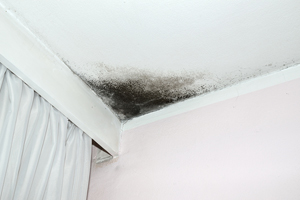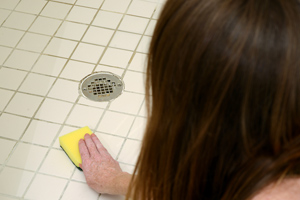Our companies are backed by the Best Pick Guarantee. Call one today!
When temperatures start to drop, homeowners tend to stop worrying about mold and direct their attention toward household issues that are more commonly associated with cold weather. However, mold can develop in winter as well. While mold thrives in warm, humid environments, the primary contributor to mold growth is moisture, which can get out of hand at any time of year.
Mold in Winter

Excessive indoor moisture can be caused by a number of issues; water damage, plumbing leaks, leaky roofs, high indoor humidity, and condensation are potential concerns.
Condensation on and around windows, in particular, is normal and may seem harmless, but it is one of the biggest moisture culprits when it’s cold outside but warm inside—as is typically the case during winter.
Window condensation occurs when moisture in the warm air inside your home liquefies upon contact with glass or other surfaces that are drastically cooler due to freezing outdoor temperatures. High humidity contributes to this process because there is excess moisture in the air.
While minor condensation doesn’t usually lead to problems, it is important to dry window surfaces regularly to keep condensation from accumulating and being absorbed by the wood and drywall around the windows. Mold feeds on such organic materials and can develop in as little as 24 hours. Learn more about the dangers of household mold.
How to Get Rid of Mold

There is no reason to treat winter mold any differently from mold that appears at any other point in the year. The key to preventing mold growth is keeping your home’s humidity level under control, regardless of temperature. If your home or even just a particular area of the house tends to stay humid, it may be a good idea to invest in some dehumidifiers.
If you discover evidence of mold in your home, the first step is to clean up the mold. Next, identify and correct the moisture issue that caused it; removing the mold without taking care of the problem is only a temporary solution, as the mold will keep returning.
If promptly and properly dealt with, household mold can generally be remedied without professional assistance. Nevertheless, if you’re interested in mold testing or are having trouble dealing with a mold-inducing moisture issue, a Best Pick Water Damage & Mold Remediation specialist will be able to help.


























